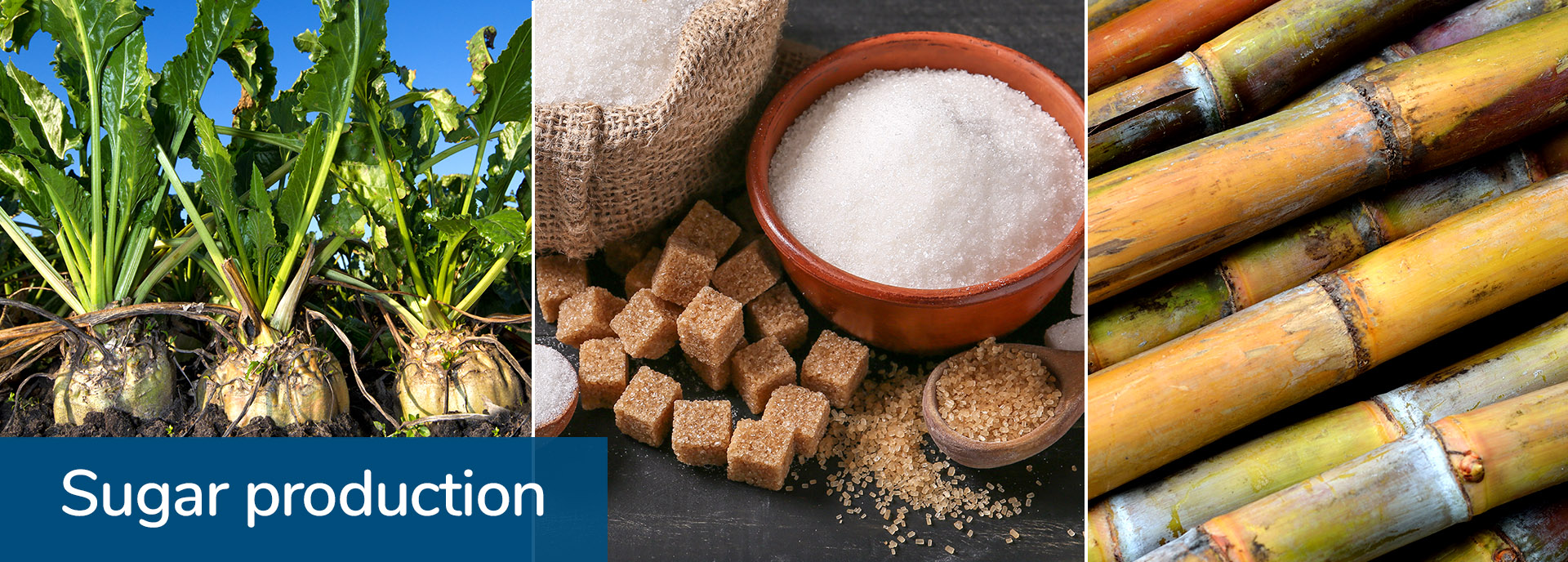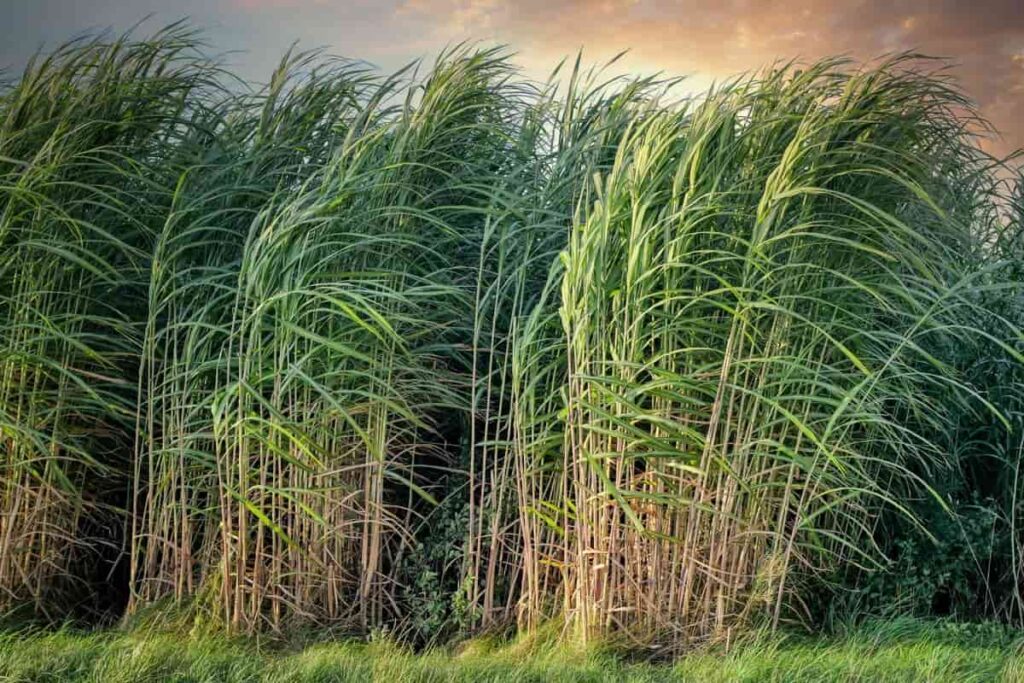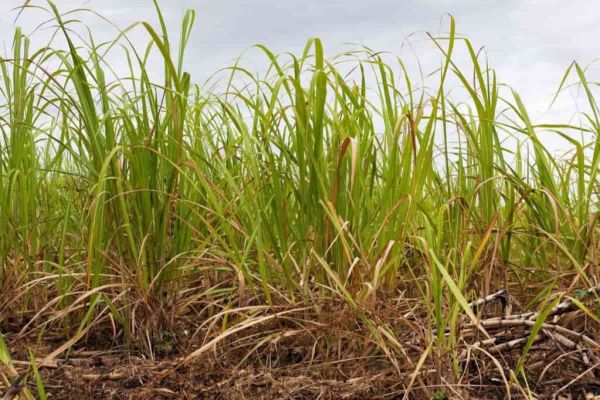The Science Behind What Is Sugar Cane Used For in Alternative Fuels
Wiki Article
Discovering the Versatile Use Sugar Cane Beyond Sugar
Sugar Cane is frequently associated exclusively with sugar, yet its applications prolong much beyond. This functional plant plays a critical role in different markets, consisting of biofuels and bioplastics. In addition, its fibers add to lasting building and fabrics. The financial ramifications of sugar Cane production further emphasize its relevance. As advancements continue to arise, the possibility of sugar Cane to drive environmental and financial developments comes to be significantly apparent. What other shocks does this durable plant hold?The Duty of Sugar Cane in Biofuels
As countries seek lasting power resources, sugar Cane has arised as a crucial player in the biofuels market. This tropical plant is abundant in sucrose, which can be fermented to create ethanol, an eco-friendly fuel choice to fossil fuels. The farming of sugar Cane for biofuel production not just reduces greenhouse gas exhausts yet likewise adds to energy safety and security, especially in sugar-producing countries.In addition, sugar cane-derived ethanol can be combined with gasoline, boosting its octane score and lowering dependence on non-renewable resources. The by-products of sugar Cane processing, such as bagasse, are beneficial for creating electrical energy, making the whole manufacturing cycle energy-efficient.
Research remains to check out sophisticated approaches for taking full advantage of power return from sugar walking cane, solidifying its duty in the change to cleaner energy solutions. As international need for sustainable gas rises, sugar Cane stands apart as an essential element of the biofuel market.
Sugar Cane as a Resource of Bioplastics
The ecological effects of plastic contamination are progressively worrying, sugar Cane offers an appealing alternative as a source of bioplastics. Originated from renewable energies, bioplastics made from sugar Cane can substantially decrease reliance on petroleum-based plastics. These bioplastics are created through the fermentation of sugars extracted from the walking cane, causing materials that can be biodegradable or compostable, depending upon their solution.Using sugar Cane bioplastics not just diminishes carbon emissions however additionally promotes lasting farming techniques. By making use of farming waste and byproducts, the total ecological footprint of manufacturing is minimized. In addition, products made from sugar Cane bioplastics can perfectly integrate right into existing waste administration systems, dealing with worries regarding waste buildup.
As industries look for lasting remedies, sugar cane-based bioplastics stand for a sensible option that straightens with global efforts to combat plastic contamination and cultivate a circular economic climate.
Medicinal Applications of Sugar Walking Stick
Sugar Cane is acknowledged for its antioxidant properties, which add to numerous health and wellness advantages. In addition, it has been utilized in typical treatments throughout societies, highlighting its relevance in all-natural medicine. These attributes underscore the capacity of sugar Cane in the area of medical applications.
Antioxidant Properties of Cane
Various research studies have actually disclosed that sugar Cane possesses substantial antioxidant homes, making it a valuable component in medicinal applications. The phenolic compounds found in sugar walking stick, such as flavonoids and phenolic acids, add to its ability to reduce the effects of complimentary radicals, thereby decreasing oxidative stress and anxiety in the body. This antioxidant activity is connected to different wellness advantages, including enhanced cardio health and boosted immune function. Additionally, sugar Cane extracts have actually been revealed to show anti-inflammatory results, which can additionally support total health and wellness. By combating oxidative damage, sugar Cane may play a function in the prevention of persistent illness, making it an interesting subject of research for its potential restorative uses in contemporary medicine.Conventional Remedies and Uses
While contemporary medication often counts on synthetic compounds, standard remedies utilizing sugar Cane highlight its historical significance in numerous cultures. In several exotic regions, sugar Cane juice has been made use of as an all-natural solution for conditions such as dehydration and digestion concerns. Its high water web content and crucial nutrients make it a preferred therapy for urinary tract infections and kidney stones. In addition, sugar Cane is thought to possess anti-inflammatory residential properties, assisting in the alleviation of sore throats and respiratory system conditions. Individual medicine commonly integrates sugar Cane in mixtures to improve power and boost overall health. These old-time techniques underscore the versatility of sugar cane, expanding its value beyond sweet taste to incorporate health and wellness and wellness applications.Eco-Friendly Construction Products From Sugar Walking Stick
Sugar walking cane, frequently recognized for its sweet yield, is acquiring focus as a resource of eco-friendly building products. These products use lasting building options, including naturally degradable compounds that decrease ecological impact. Additionally, sugar cane-derived products provide efficient insulation properties, boosting power effectiveness in structures.Lasting Structure Solutions
As the international need for sustainable building products climbs, innovative options derived from sugar Cane have actually arised as a practical option. This renewable energy provides different applications in environmentally friendly structure remedies, especially with its spin-offs. Sugar Cane fibers, understood for their stamina and durability, can be utilized in creating insulation products and composite panels. In addition, the juice and molasses from sugar Cane can be processed right into bio-based adhesives, lowering reliance on petroleum-based products. The use of sugar Cane not just lessens waste but likewise adds to decrease carbon emissions throughout production. Integrating these products into construction techniques supports the round economic climate, advertising sustainability while attending to the pushing ecological obstacles faced by the construction sector.Naturally Degradable Composite Materials
Naturally degradable composite products have garnered interest as sustainable options in building, especially those acquired from sugar cane. These materials use the fibrous byproducts of sugar walking stick, such as bagasse, to create compounds that are both solid and lightweight. By incorporating these natural fibers, manufacturers can create products that minimize reliance on conventional plastics and non-renewable resources. The sustainable nature of sugar Cane composites not only reduces ecological influence but additionally supports farming economies by offering additional profits streams for farmers. Furthermore, the biodegradability of these compounds warranties that they do not add to long-lasting waste in land fills. As the building and construction market seeks greener services, sugar cane-derived composites offer an appealing course toward more green building practices.
Insulation Qualities and Advantages
The insulation residential or commercial properties of green building materials originated from sugar Cane offer considerable advantages in energy performance and environment control. Sugar Cane fibers possess all-natural insulating qualities that aid manage interior temperature levels, reducing the need for extreme heating or cooling. This particular adds to reduce energy intake, advertising sustainability in structure techniques. On top of that, using sugar cane-based insulation materials is beneficial for indoor air top quality, as they are less most likely to produce unstable natural substances (VOCs) compared to traditional insulation items. These products are eco-friendly, lining up with eco-conscious construction objectives. As the construction sector looks for greener choices, sugar cane-derived insulation sticks out as an appealing service that combines functionality with environmental obligation, supporting both view it energy cost savings and ecological conservation.Sugar Cane in the Fabric Market
Although commonly neglected, sugar Cane plays a substantial role in the textile industry, mostly via the production of sustainable fibers. These fibers, stemmed from the plant's by-products, are progressively acknowledged for their green properties. Sugar Cane fibers, such as bagasse and sisal, are resilient and biodegradable, making them appealing options to conventional artificial fibers.Their use in fabrics promotes sustainability by lowering reliance on petroleum-based products while additionally offering an opportunity for waste reduction from sugar manufacturing. In addition, advancements in textile processing have enabled suppliers to blend sugar Cane fibers with other materials, enhancing the total top quality and convenience of materials.
This change in the direction of incorporating sugar Cane in textiles shows a broader pattern in the industry, aiming for ecologically liable techniques. As need for sustainable materials remains to rise, sugar walking stick's duty in textiles may broaden, using both environmental and financial benefits.
Nutritional Advantages and Pet Feed

Furthermore, sugar Cane consists of important minerals and vitamins that boost the dietary profile of animal feed, enhancing immunity and total wellness. Its pleasant preference and palatability make it an enticing feed choice, urging feed intake among pets. By including sugar Cane into their diets, animals producers can lower reliance on traditional feed resources, potentially lowering feed costs while preserving animal wellness and performance. Sugar Cane arises as a sustainable and healthy alternative in the area of animal agriculture. Area The Economic Impact of Sugar Cane Production While many agricultural products contribute to regional economies, sugar Cane manufacturing attracts attention as a result of its significant financial effect throughout various regions. This flexible crop not just provides employment possibilities in farming, circulation, and processing yet likewise supports ancillary markets such as transportation and manufacturing. In nations like Brazil and India, sugar Cane is an essential chauffeur of country growth, promoting financial stability and boosting resources.
The spin-offs of sugar cane, including ethanol and molasses, better branch out revenue streams, producing additional markets and minimizing dependence on conventional sweeteners - What Is Sugar Cane Used For. As worldwide need for eco-friendly energy increases, the duty of sugar Cane in biofuel production is ending up being increasingly noticeable, drawing in financial investments and boosting local economic climates. On the whole, the economic ramifications of published here sugar Cane manufacturing are extensive, influencing both regional job markets and more comprehensive economic fads in regions reliant on this crucial crop
Often Asked Concerns
How Is Sugar Cane Processed Into Biofuels?
The processing of sugar Cane into biofuels involves removing juice, fermenting it right into ethanol, and improving the item. This technique takes advantage of the plant's natural sugars, changing them right into renewable power resources for numerous applications.What Are the Ecological Benefits of Using Sugar Walking Cane?
The ecological advantages of utilizing sugar Cane consist of minimized greenhouse gas exhausts, improved dirt wellness with lasting farming practices, and reduced reliance on nonrenewable fuel sources, which collectively add to a much more sustainable and eco-friendly farming directory system.
Can Sugar Cane Be Expanded in Any Kind Of Climate?

Sugar Cane prospers in subtropical and tropical environments, requiring warm temperature levels, sufficient sunlight, and enough rains. Its growth is restricted in cooler regions, making it unsuitable for arctic or pleasant climates where frost occurs.
What Are the Historic Uses Sugar Cane?
Historically, sugar Cane offered different purposes past sweetening - What Is Sugar Cane Used For. It was made use of for producing rum, as a source of biofuel, in traditional medicine, and for crafting products like paper and molasses, showcasing its diverse applications throughout different culturesExactly How Does Sugar Cane Impact Resident Economies?
The effect of sugar Cane on neighborhood economies is considerable, giving employment, improving farming fields, and fostering profession. Its farming sustains country resources and stimulates local markets, contributing to overall financial development and community advancement.The economic ramifications of sugar Cane manufacturing better highlight its significance. Derived from eco-friendly sources, bioplastics made from sugar Cane can greatly decrease dependence on petroleum-based plastics. Eco-friendly composite materials have garnered focus as sustainable choices in construction, especially those obtained from sugar cane. These products use the fibrous by-products of sugar walking stick, such as bagasse, to create composites that are both solid and light-weight. While lots of agricultural assets contribute to local economic climates, sugar Cane production stands out due to its considerable economic impact throughout numerous regions.
Report this wiki page